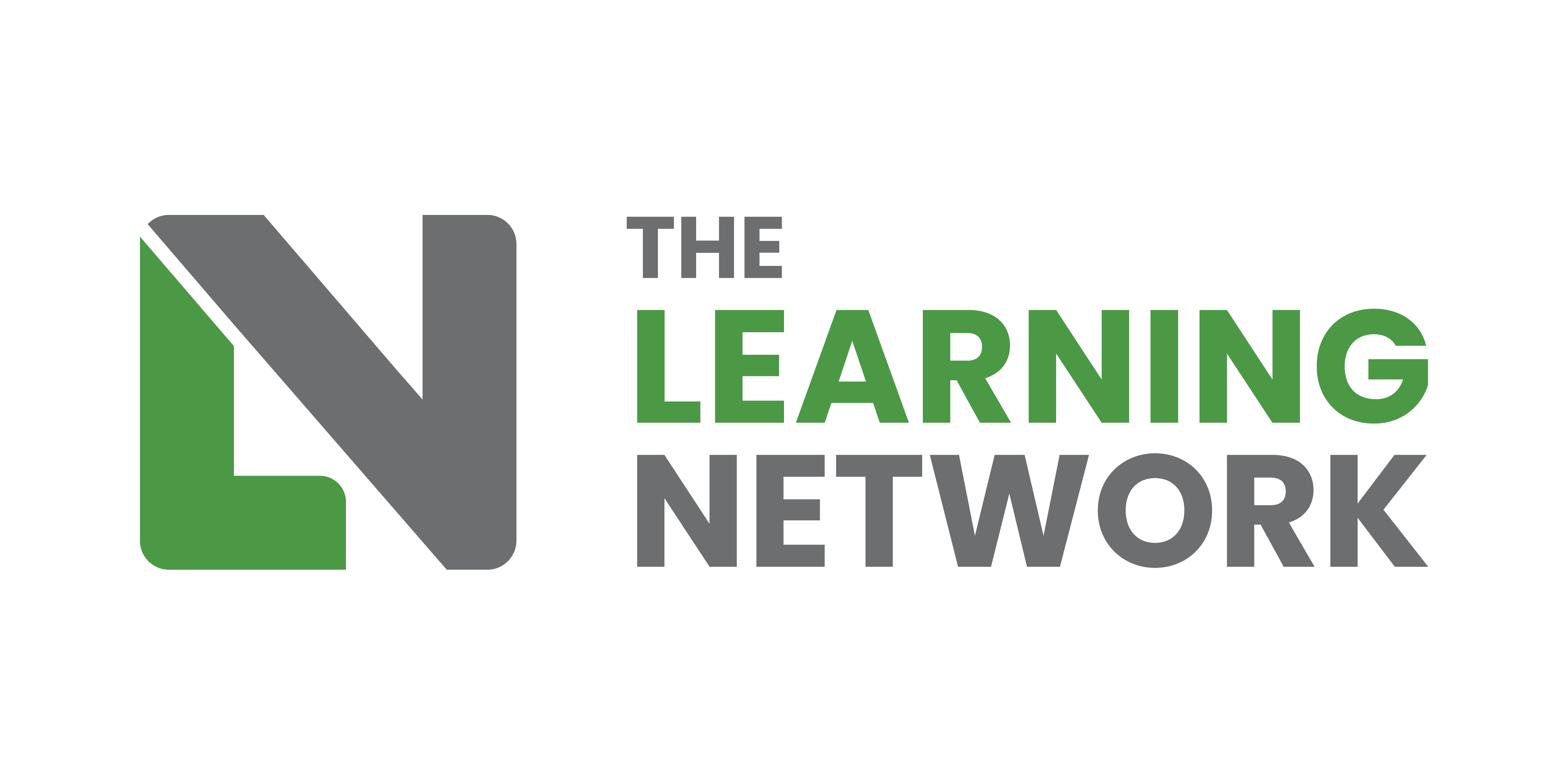By Neil John Cunningham, Mentoring Director at The Learning Network
It’s the end of another Learning at Work Week and I’ve been wondering if it’s really worth an L&D team’s time to engage in it. My musings have led me to 8 reasons why I really dislike Learning at Work Week, and 7 tips that can help you get the most out of it (if you choose to do it next year!).
I was going to title this piece “Why I Hate Learning at Work Week”. But hate is a strong word reserved for acts of terror, non-spider/bug-related phobias and mushrooms. I don’t know what happened but around 16 I couldn’t stand mushrooms (aka underground devils’ food) anymore.
Why I dislike Learning at Work Week
So why do I dislike Learning at Work Week? After all, there are some good things about it.
It can be a good time to showcase your L&D offering and enlighten some colleagues about the learning opportunities.
But also…
- In my experience, it doesn’t make meaningful change
Once you’ve showcased your offering and shown people what they might be missing out on this doesn’t lead to a change in the way people interact with your L&D offering.
I’ve actually seen Learning at Work Week damage a team’s reputation as they failed to predict an increase in demand without the resources to provide what was requested in a timely manner. They drew people in only to alienate them afterwards.
- Learning efficacy gets lost by focusing on attendance rather than knowledge transfer or skills building
The success of Learning at Work Week is demonstrated back to the business in terms of the number of people that turned up (reported as ‘engaged learners’) and the number of sessions run.
- The L&D team uses Learning at Work Week to showcase how popular learning can be when given a platform
This is true but it leaves out a key factor. The sessions put on are usually outside of your offering and can’t be repeated, so people naturally want to try something new. These one-time events present a perfect world and when the reality of your offering meets this, disappointment in your colleagues follows.
- It’s difficult track to change after the sessions run as the content focuses on the simplest learning
They aren’t designed to bring lasting change because that would require a programme of work that embeds the learning from each session into the business. The L&D team can’t scale this, and they don’t.
This goes back to Learning & Development teams saying ‘Look what we did’ as an achievement rather than ‘Look how we affected meaningful change’.
- L&D teams use specialist speakers who aren’t available after the week
So the things people wanted to attend because of the speaker don’t follow into rest of the offering. What happens then? Interest slopes off and the initial impact is lost.
- One question that I’ve heard is “Why use members of the senior leadership team to run sessions when they are known not to attend learning opportunities themselves?”
Because if the speakers are Senior Leaders who don’t engage with learning themselves the next question, often asked is ‘If they don’t why should I? Having leaders run these sessions and then not show up for their development damages the reputation of the offering.
- The L&D team spends a lot of time and effort to get a week up and running
I think time and effort could be better used to ensure that your L&D offering meets people’s specific needs that help them and the business grow. It’s kind of like only doing something a partner/friend would appreciate on the anniversary or birthday. Don’t rely on a single event to show you care. It should be all year round.
- Finally, all of these put L&D squarely in the ‘Nice to Have’ column, rather than the ‘Essential to the Business’ column
Your learning and development offering should be part of the fabric of your business success and innovation strategy. Not a week of fluff topics (which they often are) designed to make people feel good with extrinsic motivators.
Can we do Learning at Work Week a bit better next year?
Have I grinched out enough yet? I think I have. So if you’re going to run Learning at Work Week next year…
Prepare for an uptick in requests
Communicate back what you plan to do with these and use them as a way to start conversations with the business. Make it clear that a solution may not happen in the near future, but that it will form part of your strategy for the next fiscal year.
Rather than putting on new ‘one time only’ events see if you can space something similar throughout the year
Guest / outside speakers and facilitators can make up part of your offering without breaking the bank if you use them as part of a well-designed curriculum.
Instead of offering a lot of new, one-time-only events make showcases from current programmes that can be spun up easily and refined for a new audience
Invite colleagues to see what changes you made to the induction. Get the sales team to take the Customer Services Master upskilling course. Ask accounting to take the sales enterprise account planning course. However you mix it up, use these as opportunities to test the Learning Objectives in the course with people they don’t naturally focus on. Then get the data back from the attendees and see where improvements could be made in the design of these programmes.
Try a pilot group
If there’s a programme you’ve wanted to start try it now, Learning at Work Week can be a good place to do this. It’s high profile while being low impact. You can then work with the group to roll out the pilot beyond Learning at Work Week and into the business.
Use the Senior Leadership Team to attend sessions rather than be speakers
Let them be seen learning and developing. It’s a more powerful message than them speaking (or recording a message to be played, once plugged into your LXP).
Use speakers from the business
Like people from the business who have gone from junior to senior roles, or moved departments based on what they’ve learnt through your offering make great speakers for Q&A sessions. Use these to showcase the current L&D offering and how it helped them.
Understand what success measures you want from your Learning at Work Week
Like people from the business who have gone from junior to senior roles, or moved departments based on what they’ve learnt through your offering make great speakers for Q&A sessions. Use these to showcase the current L&D offering and how it helped them.
- Number of new requests that need following up (and what you plan to do about it)
- Unknown gaps found that you want to address right away
- Increase and continued use of an underutilised/badly used tool that increases business performance
Whatever success looks like to your L&D team and the business use it as a yardstick to measure success and play this back to business. Rather than focusing on sessions run and the number of attendees as your core measure of success.
What do you think about Learning at Work Week?
I don’t want to be a Learning at Work Week grinch. I just don’t want L&D teams to put the effort into getting little back beyond some quickly lost PR.
I want it to be a fantastic tool for L&D to showcase what they do and for L&D to use it as an opportunity to improve how they serve their colleagues and the business.
I’m guessing you’ll have your own thoughts on this so please. Pile on!



